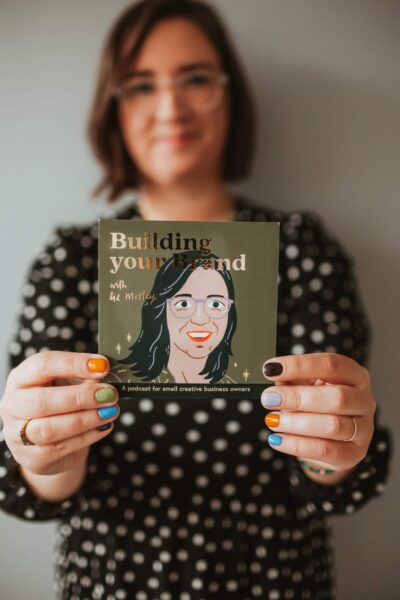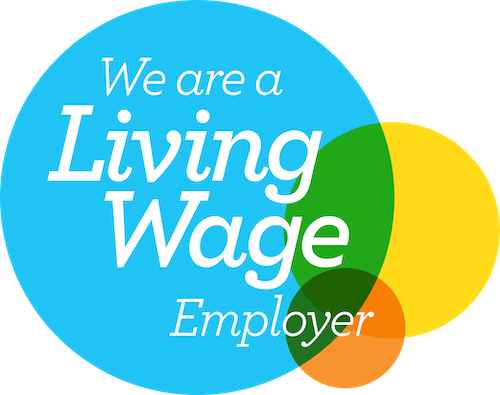We’ve told you Why you need to write longer blogs on your small business website, but how the heck do you manage to write that many words?!
Let’s get into our favourite tips and tricks for writing longer blog posts.
1. Set the scene with a blog introduction
Always include an introduction that sets out what the user is going to read. It doesn’t have to be as long as the introduction to this article, which is hella long even by my standards, but a good 1-3 paragraphs, or around 200-300 words is a good amount.
Composing a compelling introduction will not only increase the word count of your blog, but it will improve the usability too. Thinking back to my Billy bookcase example, the introduction is your opportunity to reassure those Billy-builders that they’re in the right place, and you’re going to solve their problem.
PS. You get a bonus point if you can include the full title of your blog in the opening paragraph.
2. Beginning, middle, end: add a conclusion too
I find the conclusion one of the toughest parts to write for a blog post. I haven’t written the conclusion for this bad boy yet, but I’m guessing it’s going to be a solid 3/5 on the quality front.
The conclusion of a blog post should mirror the introduction – which is Aime-talk for copy & paste that first bad boy and reword it a little. Think of the introduction and conclusions as the pair of bookends surrounding your blog content.
Maybe they’re the same bookends in your Billy bookcase. Gosh I love it when my analogies set me up for the perfect callback.
3. Explain and expand
I write a heck of a lot about SEO and UX, but I always explain what these common web design terms mean, and expand the acronyms the first time they are used, except this time where imma leave you hanging with that cheeky UX.
Just because some terms might be customary for you or your industry, doesn’t mean that they’re universal to all. Expanding your acronyms and explaining any industry terms the first time they are used minimises audience alienation, and makes your blog post both longer and more accessible.
4. Introduce your featured blog sources.
Featuring brands and businesses is a great tip for achieving blogging brilliance. You can add legitimacy to your article by including corroborating sources, and aligning your presence with favourites of your readers allows you to share in that warm fuzzy feeling generated by their brand affinity.
If your writing includes a nugget about a local bakery, take a short paragraph to describe where they are, what they sell, how to find them online and why you’re including them in the first place. If you’re using a handful of tech leaders and experts to demonstrate how long a blog post should be, include a few words on who they are…
5. Anecdote-it-up
If blogging is your business, or if you’re running a small business that blogs – personality is EVERYTHING. Personality is what sets you apart from other bloggers and competing businesses, helping you to win the perfect collaborations, or outshine the faceless high street corporations.
Including personal stories and short tangents is an easy way to add your personality to a blog article, and beef up that tricky word count.
There are very few blog post topics that only one person on the planet could write. Your opinions and stories are what make your writing unique, so share, share and share again.
6. Analogies for days
I am a total analogy fiend, classic ENTP amirite? And yes, I did just drop a personal nugget immediately after suggesting you drop more personal nuggets.
Analogies are incredible tools for communicating new, complex, or abstract concepts – like why writing short blogs is not the answer to pleasing short attention spans. If you struggled to understand a concept the first time you heard it, chances are your audience will too.
If you can frame a concept in a novel or intuitive fashion, try it. You might have written the second, fifth, or twentieth blog post that your reader has found on their challenging subject. If you’re the first to present the solution in a format they can understand, you can be sure that they’re more likely to remember your name.
7. Include some sumptuous, alluring adjectives
By now, you’ve probably noticed that my writing style is a bit, well, extra. Adding a whole heap of gloriously decadent adjectives adds another personality injection, and helps your readers to understand your vibe, your creativity, and your je ne sais quoi.
I have a bachelors degree in genetics (yep, another nugget) and due to my education, it was ingrained in me that my writing must be devoid of personality and stick to the facts.
That’s probably why the first draft of the first blog post I ever wrote was just boring. So damn boring. The final draft wasn’t much better, but you can start to hear some Aime coming through.
Adjectives are what turn an academic report into a short story, a set of instructions into a rich communicative experience.
Can’t think of the perfect adjective? Neither can I 99% of the time. My Google search history for the last hour, is basically ‘synonym lovely’, ‘synonym fun’, ‘synonym delicious’, ‘synonym juicy’ over and over. You’ll really know you’re becoming a great blog author when you have your favourite thesaurus website.
And here’s that conclusion I mentioned
I told you I hate writing conclusions, and I hope I set your expectations low earlier in this article. So, in conclusion, writing longer blog posts tend to be better for SEO as they rank higher in Google search results.
You shouldn’t compromise the quality or integrity of your writing with junk words and distractions, but with my seven tips and tricks for writing longer blogs, you’ll have the tools you need to create valuable, interesting, and personality-laden content that impresses Google and your readers.
Boom, solid 3/5 again Aime.
NB. A short first draft of 7 tips and tricks for writing longer blogs first appeared on my Instagram feed, which you can find at @studio.cotton. Follow me for oodles of free tips for small creative businesses, because I am too darn generous.























